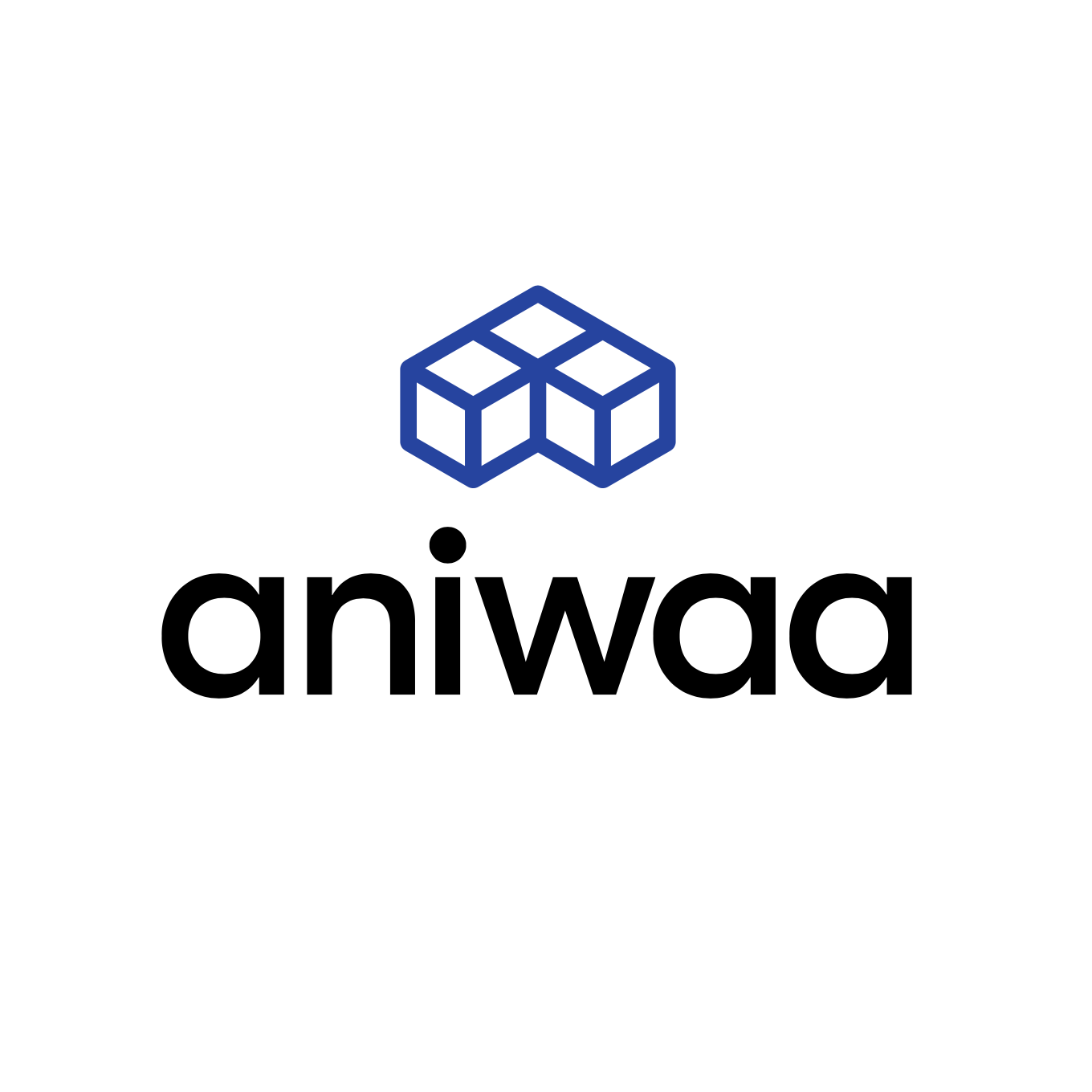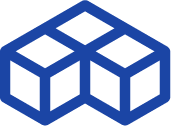Volkswagen Autoeuropa: Maximizing Production Efficiency with 3D-Printed Tools
By 3D printing their tools, jigs, and fixtures, Volkswagen Autoeuropa slashed cycle time operation, reduced labor, and minimized material wastage. Tool ergonomics have been improved, there’s less need for reworking, and best of all, it’s all achieved at a tenth of the cost.
The company is on track to save €150,000 by the end of 2017.
Before using Ultimaker’s 3D printers, Volkswagen Autoeuropa outsourced their custom tool manufacturing. This meant waiting for several weeks, especially when multiple designs or assemblies were required.
It also meant more paperwork, a haphazard ‘trial-and-error’ approach, plus more quotations – holding up the process at significant extra cost.
Key benefits
Complete customization
Greater design flexibility means that even complex concepts can become a reality. Function and performance now drive your ideas, not cost or time.
Faster production
With their Ultimaker 3D printers, Volkswagen Autoeuropa’s tool development time is reduced by 95%. Solutions are tested without using 3rd party suppliers, and production times are cut by 8 weeks on average.
Unlimited revisions
It’s easy to verify function and design by 3D printing the part, then make new iterations within a few hours – with no cost penalties.
Reduced costs
You can test prototypes instead of redesigning, or altering an existing mold. Volkswagen Autoeuropa achieved a 91% cost reduction with their 3D printers.
Improved ergonomics
Ultimaker’s 3D printers give you the flexibility needed for continuous improvement – ensuring the best possible ergonomics and quality. 3D-printed tools are visually pleasing, lightweight, and machinable.
Better workflow
By using the 3D printers, shop floor operators become involved in the process and can offer invaluable input. Positioning 3D printers by the assembly line means operators can verify/review – swiftly and easily.
Cost Analysis
Wheel protection
Used during the position and screw assembly to prevent scratches /damage to the wheels. Without this protection, scrap costs can be huge.

| External suppliers | Ultimaker 3D printers | |
| Cost | €800/part | €21/part |
| Project | 56 days | 10 days |
Triangular window gauge
Achieves the best accuracy for rear quarter window positioning, ensuring a consistent finish.

| External suppliers | Ultimaker 3D printers | |
| Cost | €180/part | €35/part |
| Project | 8 days | 6 days |
Liftgate badge

Ensures the correct positioning of the 2.0 TDI emblem.
| External suppliers | Ultimaker 3D printers | |
| Cost | €400/part | €10/part |
| Project | 35 days | 4 days |
Ultimaker 3: Technical Specifications
| Ultimaker 3 | Ultimaker 3 Extended | |
| Printer and printing properties | ||
| Technology | Fused Deposition Modeling (FDM) | Fused Deposition Modeling (FDM) |
| Print head | Dual extrusion print head with a unique auto-nozzle lifting system and swappable print cores | Dual extrusion print head with a unique auto-nozzle lifting system and swappable print cores |
| Build volume | Left nozzle: 215 x 215 x 200 mmRight nozzle: 215 x 215 x 200 mmDual material: 197 x 215 x 200 mm | Left nozzle: 215 x 215 x 300 mmRight nozzle: 215 x 215 x 300 mmDual material: 197 x 215 x 200 mm |
| Filament diameter | 2.85 mm | 2.85 mm |
| Layer resolution | 0.40 mm nozzle: 200 – 20 micron0.80 mm nozzle: 600 – 20 micron | 0.40 mm nozzle: 200 – 20 micron0.80 mm nozzle: 600 – 20 micron |
| XYZ accuracy | 12.5, 12.5, 2.5 micron | 12.5, 12.5, 2.5 micron |
| Print head travel speed | 30 – 300 mm/s | 30 – 300 mm/s |
| Build speed | 0.40 mm nozzle: up to 16 mm³/s0.80 mm nozzle: up to 24 mm³/s | 0.40 mm nozzle: up to 16 mm³/s0.80 mm nozzle: up to 24 mm³/s |
| Build plate | Heated glass build plate | Heated glass build plate |
| Build plate temperature | 20 – 100 °C | 20 – 100 °C |
| Build plate leveling | Active leveling | Active leveling |
| Supported materials | Nylon, PLA, ABS, CPE, CPE+, PC, TPU 95A, PP, PVA | Nylon, PLA, ABS, CPE, CPE+, PC, TPU 95A, PP, PVA |
| Nozzle diameter | 0.40 mm, 0.80 mm | 0.40 mm, 0.80 mm |
| Nozzle temperature | 180 – 280 °C | 180 – 280 °C |
| Nozzle heat up time | < 2 min | < 2 min |
| Build plate heat up time | < 4 min (20 -> 60 °C) | < 4 min (20 -> 60 °C) |
| Operating sound | 50 dBA | 50 dBA |
| Material recognition | Material recognition with NFC scanner | Material recognition with NFC scanner |
| Connectivity | Wi-Fi, LAN, USB port | Wi-Fi, LAN, USB port |
| Monitoring | Live camera | Live camera |
| Physical dimensions | ||
| Dimensions | 342 x 380 x 389 mm | 342 x 380 x 489 mm |
| Dimensions (with bowden tube and spool holder) | 342 x 505 x 588 mm | 342 x 505 x 688 mm |
| Net weight | 10.6 kg | 11.3 kg |
| Shipping weight | 15.5 kg | 16.8 kg |
| Shipping box dimensions | 390 x 400 x 565 mm | 390 x 400 x 680 mm |
| Power requirements | ||
| Input | 100 – 240V 4A, 50-60Hz 221 W max. | 100 – 240V 4A, 50-60Hz 221 W max. |
| Output | 24 V DC, 9.2 A | 24 V DC, 9.2 A |
| Ambient conditions | ||
| Operating ambient temperature | 15 – 32 °C, 10 – 90% RH non condensing. See material specifications for optimal conditions. | 15 – 32 °C, 10 – 90% RH non condensing. See material specifications for optimal conditions. |
| Nonoperating temperature | 0 – 32 °C | 0 – 32 °C |
| Software | ||
| Supplied software | Cura, our free print preparation software | Cura, our free print preparation software |
| Supported OS | macOS, Windows and Linux | macOS, Windows and Linux |
| Supported files | STL, OBJ and 3MFG and GCODEBMP, GIF, JPG, and PNG | STL, OBJ and 3MFG and GCODEBMP, GIF, JPG, and PNG |
3D-Printed Assembly Portfolio by Volkswagen Autoeuropa












 English
English  Français
Français

